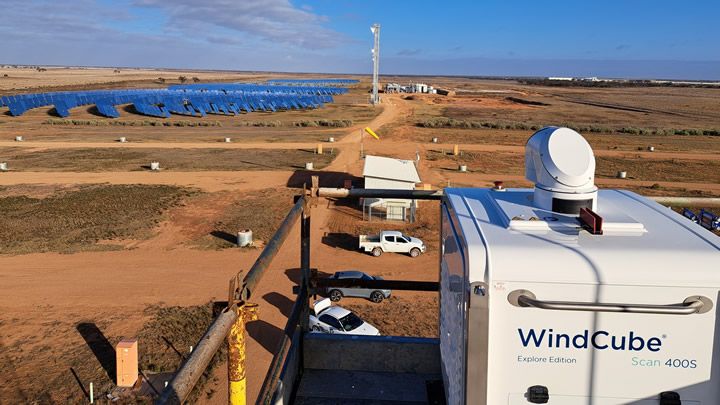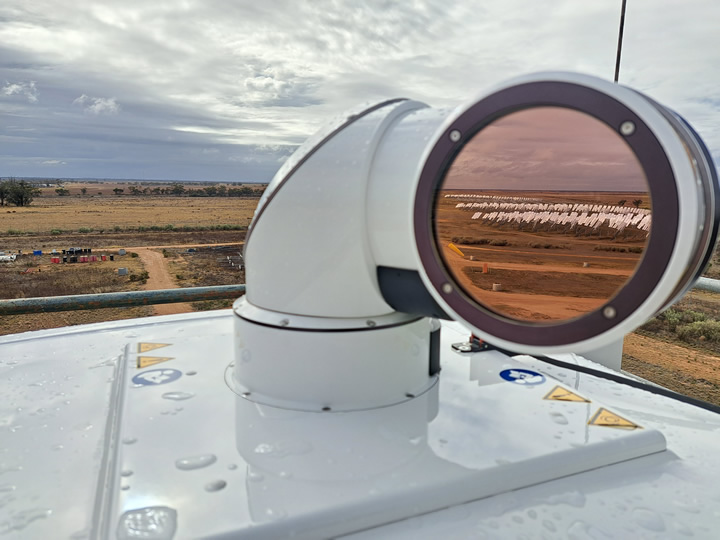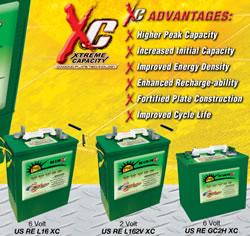Seeing the storm before it arrives can mean the difference between shutdown losses and uninterrupted solar yield. Beyond rattling panels or nudging trackers out of place, the wind can quietly rack up costs and downtime and even shorten the life of critical equipment.
 Harnessing Wind Intelligence to Safeguard Solar Arrays
Harnessing Wind Intelligence to Safeguard Solar Arrays

Dr. Rémy Parmentier, Head of Solar and Hybrid | Vaisala Renewable Energy
Did you know that sudden wind gusts are one of the stealthiest threats to solar power installations?
A recent study from Vaisala shows that more than two-thirds of large‑scale solar plants (>300MW) worldwide fall into medium or high‑risk categories for wind damage. For solar operators, that translates into two bad choices: wait too long to stow trackers and risk catastrophic loss or stow too often and sacrifice precious generation time.
Understanding Wind Threats
Solar arrays featuring single‑axis trackers, tracking systems or heliostats are especially vulnerable because a sudden gust can overload bearings and drive motors beyond their design limits. In 2024, Storm Darragh delivered 96 mph gusts to a 190‑acre farm in North Wales, blowing out panels and causing significant financial losses. And these events are growing more frequent as climate patterns shift.
Operators have long relied on reinforced structures, wind barriers and on-site anemometers to protect against gusts. Such traditional tactics help somewhat, but they don’t predict what’s coming. On-site anemometers measure wind at a point, not across a field, so by the time a gust reaches the sensor, it may already be slamming into panels miles away.
From Reactive to Proactive Mitigation
The key to smarter wind management lies in moving from reactive responses to predictive planning. Instead of waiting for a gust to arrive at a single sensor, advanced wind remote‑sensing systems scan the approaching air mass and forecast gusts several minutes in advance. That lead time empowers decision-makers to execute precise stow commands, maximizing uptime without risking damage.

How Does Lidar Work?
Scanning lidar (Light Emission and Ranging) emits pulses of laser light and measures the frequency shift caused by moving air particles. Sweeping multiple beams across a site helps construct a 3D map of wind speed and direction out to nearly 20 kilometers. Operators see not just a single value but the entire field’s dynamics: where gusts are forming, how fast they’re moving and when they’ll arrive.
This spatial insight delivers two major benefits:
- Timely stow decisions: With 5–20 minutes of warning, control systems can park trackers or tilt heliostats exactly when needed — no earlier, no later.
- Reduced downtime: By avoiding needless stows, sites run at full capacity until just before the gust front arrives, boosting the annual energy harvest.
To build wind resilience into any solar project, consider specifying scanning lidar in the design phase so it becomes part of the commissioning plan — no costly retrofits later. Present quantified wind‑risk profiles and mitigation strategies to secure better coverage terms from insurers and financing from banks. Link real‑time remote wind data to the tracker control system to execute automated park commands without manual intervention.
RayGen’s Carwarp Plant Case Study
RayGen, an Australian developer of utility‑scale solar and long‑duration storage, has implemented a Vaisala WindCube Scan lidar system at its Carwarp facility. At that site, dozens of heliostats concentrate sunlight onto its proprietary, high‑efficiency photovoltaics. Because each heliostat takes several minutes to stow safely, RayGen needed wind alerts with enough lead time to avoid overloads on the drive motors.
By rendering lidar data into easy‑to‑interpret wind vectors, RayGen’s operators now see exactly when gust thresholds will be crossed. That insight has slashed unnecessary stows and given the team confidence that mirrors are parked only when truly needed — optimizing on‑demand clean power generation without adding risk.
Insights from the Vaisala Wind Risky Study
Beyond individual sites, the Vaisala analysis covered roughly 1,000 solar plants across diverse terrains — from desert flats to coastal uplands. Key findings include:
- High‑risk prevalence: More than 30% of sites regularly experience gusts strong enough to exceed safety thresholds for trackers or heliostats.
- Regional hotspots: Coastal and desert regions, prized for solar irradiance, also top the risk charts for wind hazards.
- Size matters: Larger installations with more rows of trackers or vast heliostat fields show higher sensitivity because a single extreme gust can affect more equipment at once.
The study also translated wind‑hazard frequency into estimated financial exposure, giving developers and insurers a clearer picture of wind‑related costs over the project life cycle.
Working Wind Awareness into Solar Power’s Future
Given the solar industry’s evolution to meet global decarbonization goals, weather resilience must progress in step. Deploying advanced wind sensing isn’t only a technical upgrade but an operational imperative. By shifting from point‑based measurements to 3D wind intelligence, plant managers can protect assets, optimize production and sharpen their competitive edge.
When every megawatt counts, seeing the storm before it arrives can mean the difference between shutdown losses and uninterrupted solar yield. Beyond rattling panels or nudging trackers out of place, the wind can quietly rack up costs and downtime and even shorten the life of critical equipment.
The good news is we’re no longer stuck reacting to whatever the weather throws at us. With advanced remote wind sensing technologies like scanning lidar, solar operators can spot trouble before it arrives — and act with precision, not panic.
 Dr. Rémy Parmentier is the Head of Solar and Hybrid at Vaisala Renewable Energy, where he leads Vaisala’s solar energy business strategy offerings and development. Having joined Vaisala Leosphere in 2006, he led the WindCube lidar R&D team for more than a decade, actively demonstrating the benefits of lidar technology worldwide. Dr. Parmentier holds a PhD in Physics from the University of Aix-Marseille in France.
Dr. Rémy Parmentier is the Head of Solar and Hybrid at Vaisala Renewable Energy, where he leads Vaisala’s solar energy business strategy offerings and development. Having joined Vaisala Leosphere in 2006, he led the WindCube lidar R&D team for more than a decade, actively demonstrating the benefits of lidar technology worldwide. Dr. Parmentier holds a PhD in Physics from the University of Aix-Marseille in France.
The content & opinions in this article are the author’s and do not necessarily represent the views of AltEnergyMag
Comments (0)
This post does not have any comments. Be the first to leave a comment below.
Featured Product

